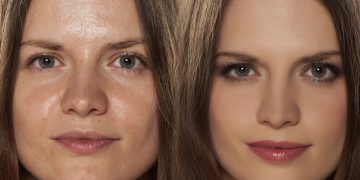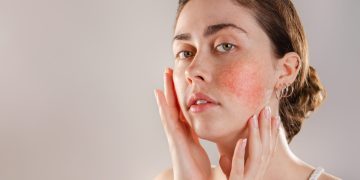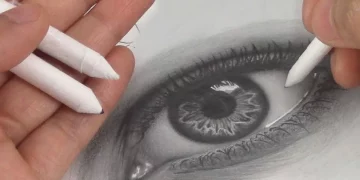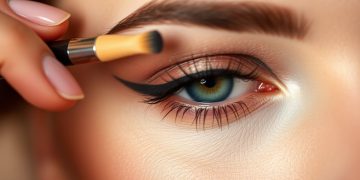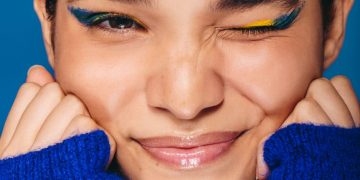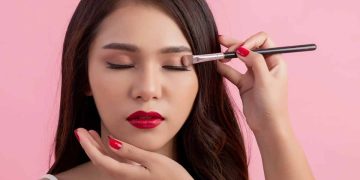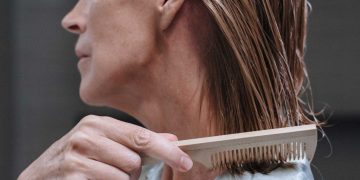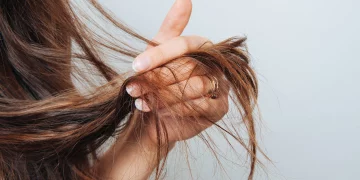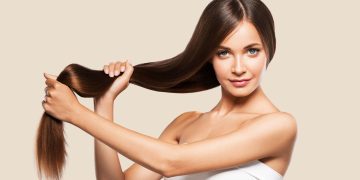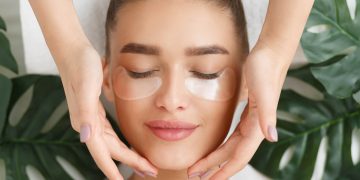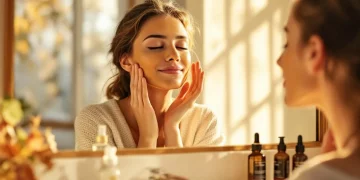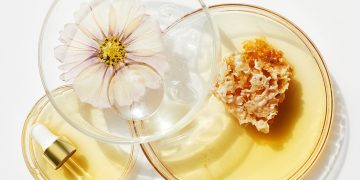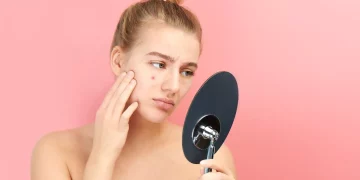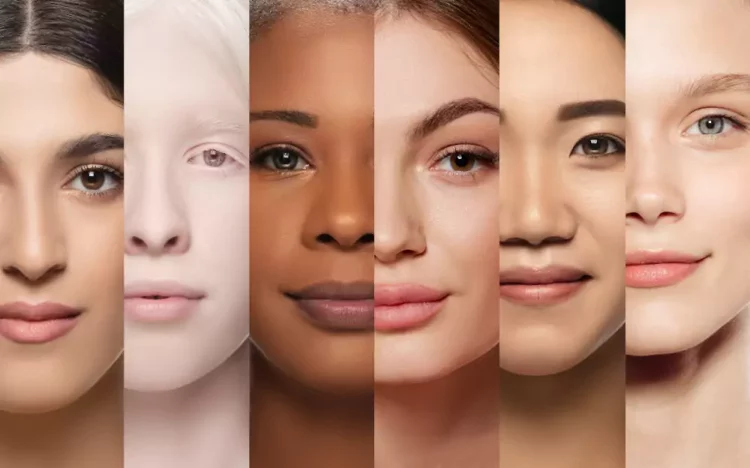Beauty has long been a topic of fascination, discussion, and philosophical debate. From ancient philosophers to modern psychologists, from artists to everyday individuals, beauty has been seen through a vast array of lenses. The phrase “Beauty is in the eye of the beholder” suggests that beauty is a subjective experience, one that varies from person to person. But is beauty truly as relative as this adage implies, or are there universal principles that define what is beautiful?
In this exploration, we will delve into the psychology, culture, philosophy, and science of beauty. We’ll explore whether beauty can be understood through objective standards or if it remains entirely a matter of personal perception. Along the way, we’ll examine how various factors—cultural background, evolution, and even brain chemistry—shape how we define beauty.
A Historical Perspective: Beauty Through Time
Throughout history, beauty has been tied to numerous ideals and standards that were heavily influenced by the time, place, and culture in which it was evaluated. The ancient Greeks, for instance, considered beauty to be a reflection of harmony and proportion. The concept of symmetry was central to their understanding of beauty, with sculptors like Phidias perfecting human figures that adhered to mathematically precise proportions. The golden ratio—where a part of an object is to the whole as the whole is to the larger part—was considered the ideal form of aesthetic balance.
Similarly, in Renaissance Europe, beauty was not simply about symmetry but also about divine proportions. The works of Leonardo da Vinci and Michelangelo, among others, reflected a belief in a universal beauty that transcended individual preferences.
However, as history progressed, beauty standards evolved and became increasingly influenced by cultural, societal, and individual perspectives. During the Victorian era, for example, beauty was linked to the idea of moral virtue, with women’s modesty and delicate features becoming symbolic of purity. In contrast, the 20th century saw the rise of more commercialized standards of beauty, largely influenced by media, advertising, and celebrity culture.
Psychological Underpinnings of Beauty

The psychological study of beauty offers valuable insight into why we perceive certain things as beautiful. Psychologists suggest that beauty might not be entirely subjective, but rather, rooted in specific cognitive processes that arise from evolutionary pressures. For example, many studies have shown that humans tend to find symmetrical faces more attractive than asymmetrical ones. This preference could be linked to the evolutionary advantage of symmetry, which may signal good health or genetic fitness.
Moreover, research indicates that we also find beauty in certain patterns, colors, and proportions that align with evolutionary traits. For instance, facial features like clear skin, a balanced nose, and wide-set eyes are often seen as indicators of fertility, health, and genetic robustness. As such, our attraction to these traits may have an evolutionary basis that is hardwired into our brains.
On the other hand, the idea of “personal taste” plays a significant role. While we are all wired to respond to certain universal cues, our individual preferences, cultural influences, and personal experiences shape how we interpret beauty. This subjectivity is one of the key components of the argument that beauty is “in the eye of the beholder.”
Cultural Influence: Standards Across Borders
If beauty is indeed subjective, one must ask: why do we see recurring trends in the types of beauty that cultures admire? Consider how different cultures perceive beauty—what is regarded as attractive in one culture may not hold the same appeal in another.
In Western societies, beauty ideals have traditionally emphasized slim figures, tall stature, and fair skin, especially for women. These standards are reinforced by media, advertising, and fashion industries. However, in other parts of the world, such as parts of Africa and South America, fuller body types are often celebrated and associated with fertility and wealth. For example, in certain African cultures, a curvaceous body is considered the epitome of beauty, and skin tone can vary in its interpretation depending on region and context.
Furthermore, Japan’s unique concept of beauty is often shaped by the traditional idea of kawaii—a term meaning “cute” that values youthful, delicate, and often childlike appearances. Similarly, in some Scandinavian countries, natural beauty is more highly prized, with an emphasis on simplicity, minimalism, and an unembellished, “natural” look.
These cultural differences suggest that beauty standards are deeply tied to societal values, history, and economic conditions. For example, during times of prosperity, cultures may favor plumpness as a sign of wealth, whereas during times of scarcity, slimness might be seen as a sign of health and discipline. This highlights the fluid and context-dependent nature of beauty, providing further evidence that beauty is influenced not only by individual preferences but by broader cultural and societal forces.
The Science of Beauty: Neurological and Evolutionary Insights
While cultural factors certainly play a significant role, the biological and neurological foundations of beauty suggest that there are universal principles governing our perceptions of attractiveness. Research in neuroscience has demonstrated that the brain responds to beauty in distinct ways, activating regions associated with reward and pleasure, such as the ventral striatum.
Studies have shown that when people view symmetrical faces or other objects with balanced proportions, their brains release dopamine—the neurotransmitter associated with pleasure and reward. This suggests that certain aesthetic experiences might be hardwired into our neural architecture, making some forms of beauty universally appealing. In fact, studies on newborn infants reveal that even in the first few days of life, babies tend to show a preference for faces that are more symmetrical.
Furthermore, the evolutionary psychology perspective posits that our perceptions of beauty are shaped by survival mechanisms. Humans may have evolved to find certain features more attractive because they signal traits that increase reproductive success. For example, women with clear skin, full lips, and wide eyes are often considered more attractive because these features signal youth and fertility—traits associated with better reproductive health. Similarly, men with strong jawlines and muscular bodies may be perceived as more attractive due to the association of these traits with strength and genetic fitness.
Interestingly, some studies also indicate that exposure to certain beauty ideals can lead to a kind of “beauty adaptation” effect. Over time, as we are exposed to specific beauty standards—whether through media, advertising, or cultural norms—our perceptions of what is beautiful may become aligned with those standards. This phenomenon suggests that while beauty has biological underpinnings, it is also highly influenced by the environments we inhabit.
Beauty and the Digital Age: Social Media’s Influence
In the modern era, social media platforms have become powerful influencers of beauty standards. Platforms like Instagram, TikTok, and YouTube not only shape what is considered fashionable but also determine what is deemed beautiful. The rise of influencers and digital celebrities has made certain beauty standards more homogenized, often favoring clear skin, angular features, and a particular body type.
However, this digital age has also sparked a movement towards body positivity and diversity. More people are advocating for the acceptance of different body types, skin colors, and facial features. Social media has given marginalized voices a platform to challenge traditional beauty norms and advocate for a broader, more inclusive definition of beauty.
The accessibility of digital tools has also allowed individuals to manipulate their own appearance with filters and editing apps, further complicating our understanding of beauty. While some argue that this leads to unrealistic beauty standards, others see it as a form of creative self-expression and empowerment.
Is Beauty Truly in the Eye of the Beholder?
So, is beauty truly in the eye of the beholder? The answer, as with most philosophical questions, is complex. Beauty exists at the intersection of biology, culture, psychology, and personal experience. While there are undoubtedly universal patterns in what we find attractive—symmetry, proportion, and youthfulness, for instance—our individual and cultural differences also shape our perceptions.
The concept of beauty is, in many ways, a social construct, influenced by historical context, cultural norms, and evolving media standards. However, there are also deeply ingrained, evolutionary factors that guide our sense of beauty. We are hardwired to appreciate certain features, but how we define those features, and what we consider beautiful, is often colored by the world around us.
Ultimately, beauty may be a blend of the objective and subjective. While it is undeniable that certain biological and evolutionary factors influence our perceptions, our personal preferences, experiences, and cultural contexts also play a pivotal role. In this sense, beauty is both universal and personal, a fascinating paradox that makes it all the more intriguing.


